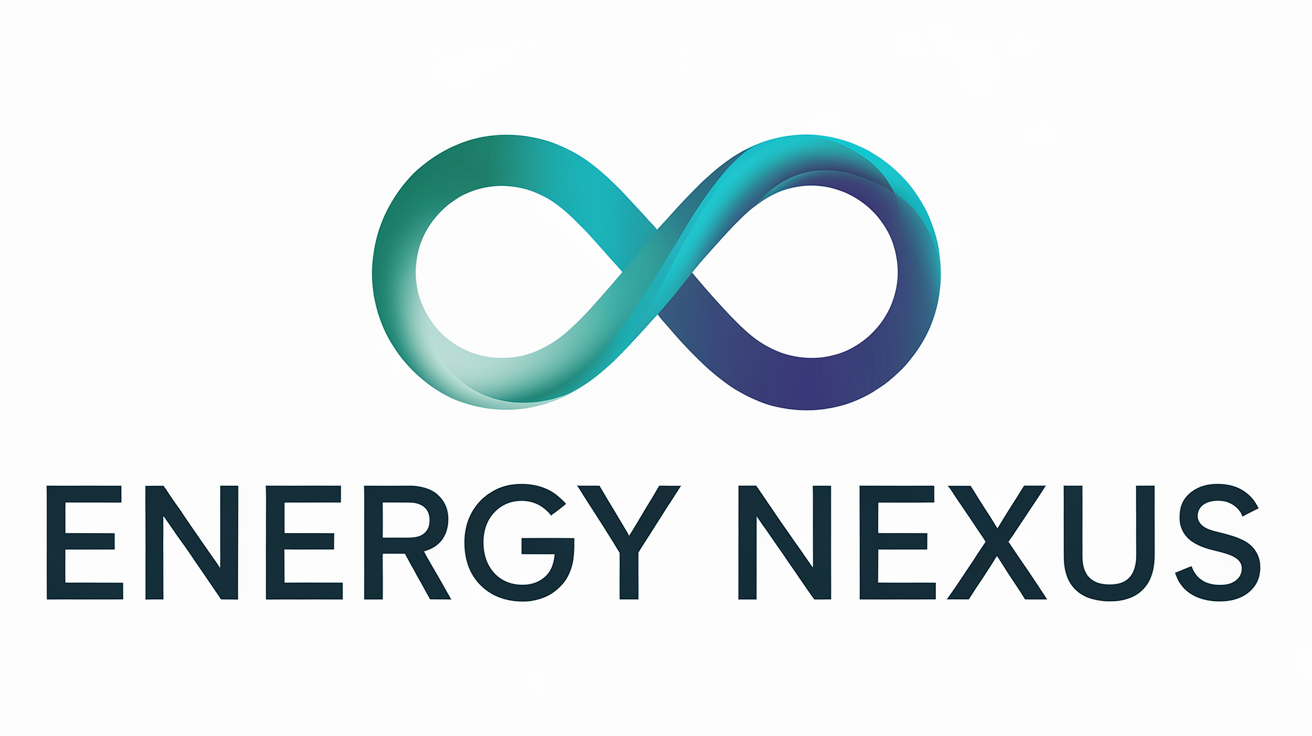Energy Audits and Efficiency Optimisation
Description:
Energy audits and efficiency optimisation services involve conducting comprehensive evaluations of a client’s current energy usage to identify inefficiencies and recommend actionable strategies to optimise energy consumption. The goal is to help clients reduce operational costs, improve energy efficiency, and enhance environmental performance. These audits cover various energy systems, including:
- Electricity: Identifying unnecessary consumption, outdated systems, or inefficient practices.
- Heating and Cooling Systems: Evaluating HVAC systems and suggesting upgrades to more energy-efficient solutions.
- Energy-Efficient Technologies: Recommending the integration of energy-saving technologies such as LED lighting, smart meters, energy management systems, and renewable energy options.
Our approach ensures a tailored solution that not only meets regulatory requirements but also reduces carbon footprints and lowers utility bills.
Target Customers:
-
Manufacturers and Heavy Industries
- Why: These industries have high energy consumption due to large-scale operations and energy-intensive equipment. Energy audits help identify areas for improvement, leading to significant cost savings and compliance with government-mandated emissions and energy efficiency regulations.
- Examples: Factories, refineries, steel plants, and chemical processing facilities.
-
Commercial Buildings
- Why: Commercial properties like shopping malls, hotels, and office complexes are prime candidates for energy efficiency improvements. Optimising energy usage in lighting, HVAC, and other building systems can lower operational costs and improve sustainability credentials.
- Examples: Retail complexes, corporate office buildings, hotels, and conference centres.
-
Utility Companies
- Why: Utility companies are looking to improve grid efficiency, reduce transmission losses, and manage energy distribution more effectively. Energy audits help utilities identify areas of inefficiency and implement technology-driven solutions to enhance performance.
- Examples: Public and private utility providers, grid operators, and energy distribution companies.
-
Government Buildings and Facilities
- Why: Governments are often required to lead by example in energy conservation. By optimising energy usage across public buildings and infrastructure, they can achieve significant savings while promoting sustainability initiatives at a national or local level.
- Examples: Government offices, municipal buildings, schools, hospitals, and other public sector facilities.
This service helps businesses and public institutions maximise their energy efficiency, leading to reduced costs, enhanced sustainability, and compliance with evolving energy regulations.
